The BBC report below refers to Metoma, Vanatu – but the same feeling exists in peaceful, remote Arugam Bay: A place ideal for retirement!
By Huw Cordey
BBC, South Pacific

The South Pacific country of Vanuatu has been voted the happiest place in the world so what makes its inhabitants such a happy lot?
 |
 The twin pillars of a classically happy life – strong family ties and a general absence of materialism – are common throughout this island nation The twin pillars of a classically happy life – strong family ties and a general absence of materialism – are common throughout this island nation 
How much sinemet can i take
|
Jean Pierre John is living the dream. That popular fantasy of owning one’s own island, complete with swaying coconut palms, coral sea and tropical forest, is his for real.
On the island called Metoma, in the far north of Vanuatu, Jean Pierre can look around and truly say that he is master of all he surveys.
This single fact would put Jean Pierre in an exclusive club, you would think, one made up of billionaire businessmen, royalty and rock stars.
But Jean Pierre is none of these things. In fact, he could not be more different.
On Metoma, Jean Pierre and his family live in thatched huts.
They have no electricity or running water, no radio or television, and their only mode of transport is a rowing boat, which pretty much limits them to trips to the neighbouring island.
On top of that, they have little money and few opportunities to make any.
No money?! Suddenly their island life does not sound all that glamorous. But here’s the thing, the Johns really are happy.
This may sound surprising but living on their island they want for nothing.
Local produce
All the family’s food comes from on or around Metoma. Coconuts, yam, and manioc – their staple diet – are all grown on the island and then, of course, there is a sea full of fish to harvest.
And if fish protein gets boring, there is always the occasional fruit bat, from a colony that roosts on the island.
Indeed, food is so easy to gather that the family appears to have a lot of relaxation time.
When the Johns do have money – perhaps when they sell one of the few cows they own – they will buy soap powder and kerosene for their lamps.
But if not, they are just as happy to make do with island solutions – sticks which can be crushed to make soap and coconut oil in place of kerosene.
Some useful items are even washed up onto their island – buoys from boats are cut in half to make bowls and old fishing nets are recycled as hammocks.
It may sound like a Robinson Crusoe existence, and in many ways it is, but the Johns are not castaways. They live on Metoma out of choice.
It is not as if they have not experienced some of the trappings of a more modern world.
Jean Pierre grew up on one of Vanuatu’s larger islands and still makes the occasional visit. His eldest son, Joe, even went to school in the nation’s capital.
In fact Joe, a very easy-going 28-year-old, had recently returned to Metoma to live full time and he told me that the only thing he missed was hip hop music, but that it was a small price to pay for living on the island.
No money worries
Jean Pierre had not heard that Vanuatu had been voted happiest country in the world but, when I told him, he nodded in a knowingly happy sort of way.
So what is his secret of happiness?
“Not having to worry about money,” he immediately replies, while picking his nose in an uninhibited way.
If you asked the same question in the UK, you would probably get the same response. The only difference is that, in Jean Pierre’s case, it means not needing any money, rather than having bundles of it.
We can all repeat the mantra “money can’t buy you happiness” until we are blue in the face, but deep down, how many of us in the West really believe it to be true?
But I can see that Jean Pierre’s happiness is more than just a question of money. It also comes from having his family around him, and there is undoubtedly an enormous respect between them.
Absence of materialism
His children – and this includes those of adult age – do anything their father asks, not out of coercion but because they genuinely want to please.
Forget the Waltons, the Johns are the real McCoy: one happy family.
While talking to Jean Pierre, I find myself wondering whether he is the most contented person I have ever met.
But he is keen to know whether I am having a good time on his island too. Every day he asks me if I am happy. When I tell him things are great, his eyes light up and he replies in pidgin, “Oh, tenkyu tumas.”
Whether happiness can truly be measured is a debatable point, but there is no doubt that Metoma – or indeed Vanuatu as a whole – has the ingredients to encourage a greater sense of happiness.
The twin pillars of a classically happy life – strong family ties and a general absence of materialism – are common throughout this island nation.
The simple things in life, it seems, really do make you happy.
source:
http://news.bbc.co.uk/2/hi/programmes/from_our_own_correspondent/7427768.stm
![]()
![]() 0094776973427
0094776973427![]()
![]()
![]() 0061 404647061
0061 404647061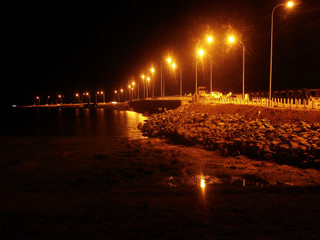

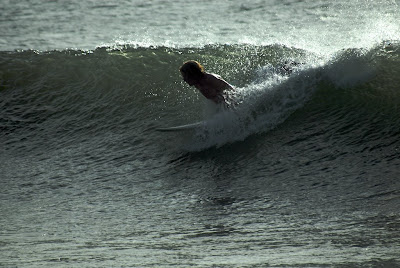
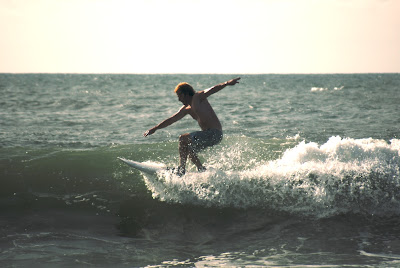
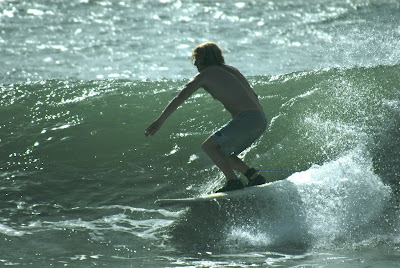
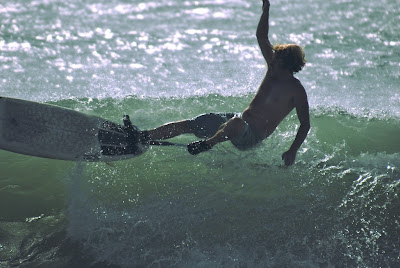
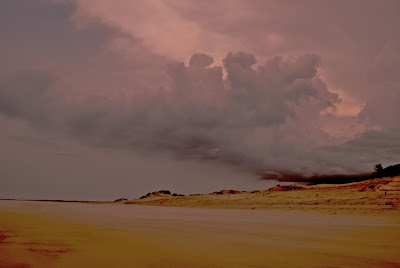
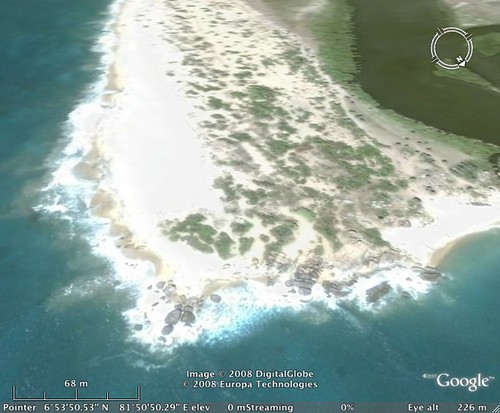



 Arugam Forum
Arugam Forum Arugam Photo Galleries on Picasa
Arugam Photo Galleries on Picasa Old Website
Old Website Press Coverage
Press Coverage Surf Forecast for Arugam Bay
Surf Forecast for Arugam Bay
TODAY’s Comments